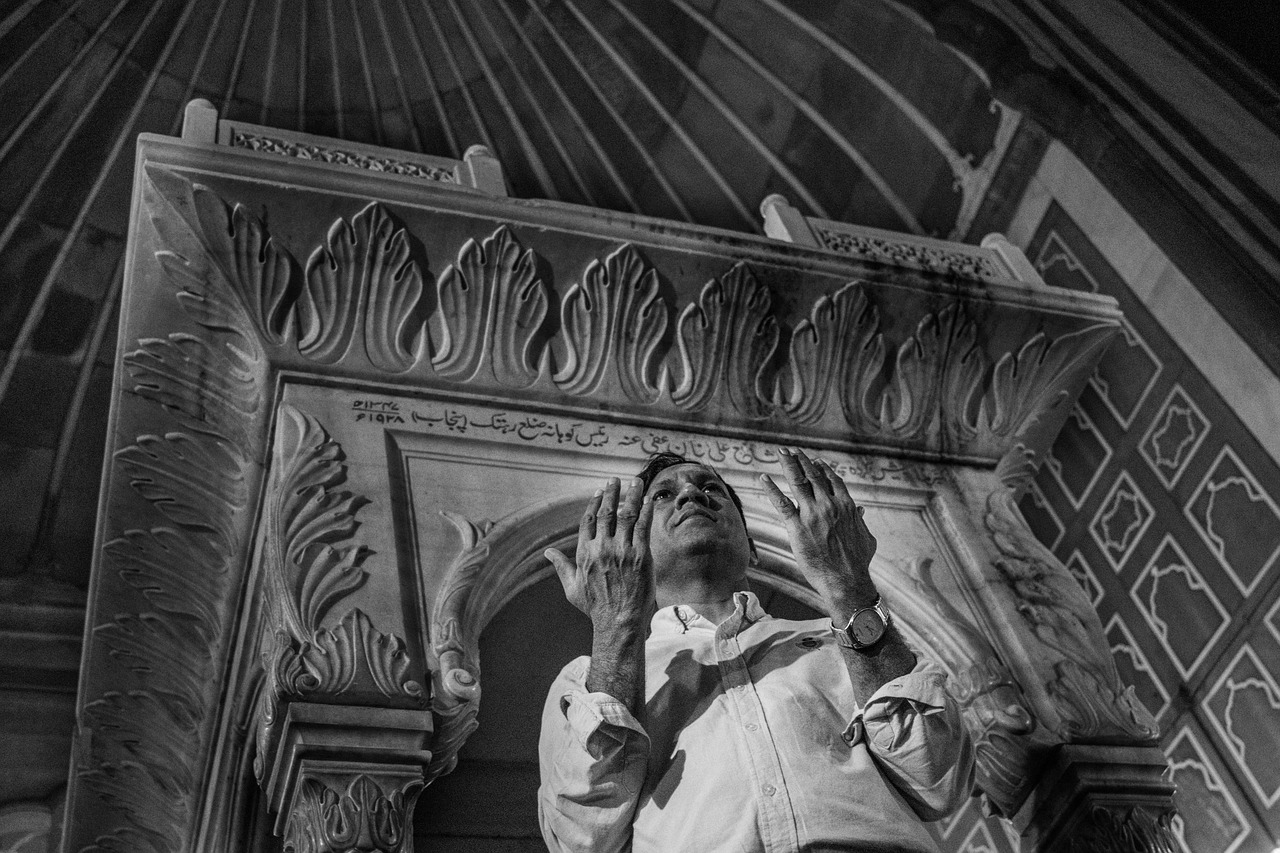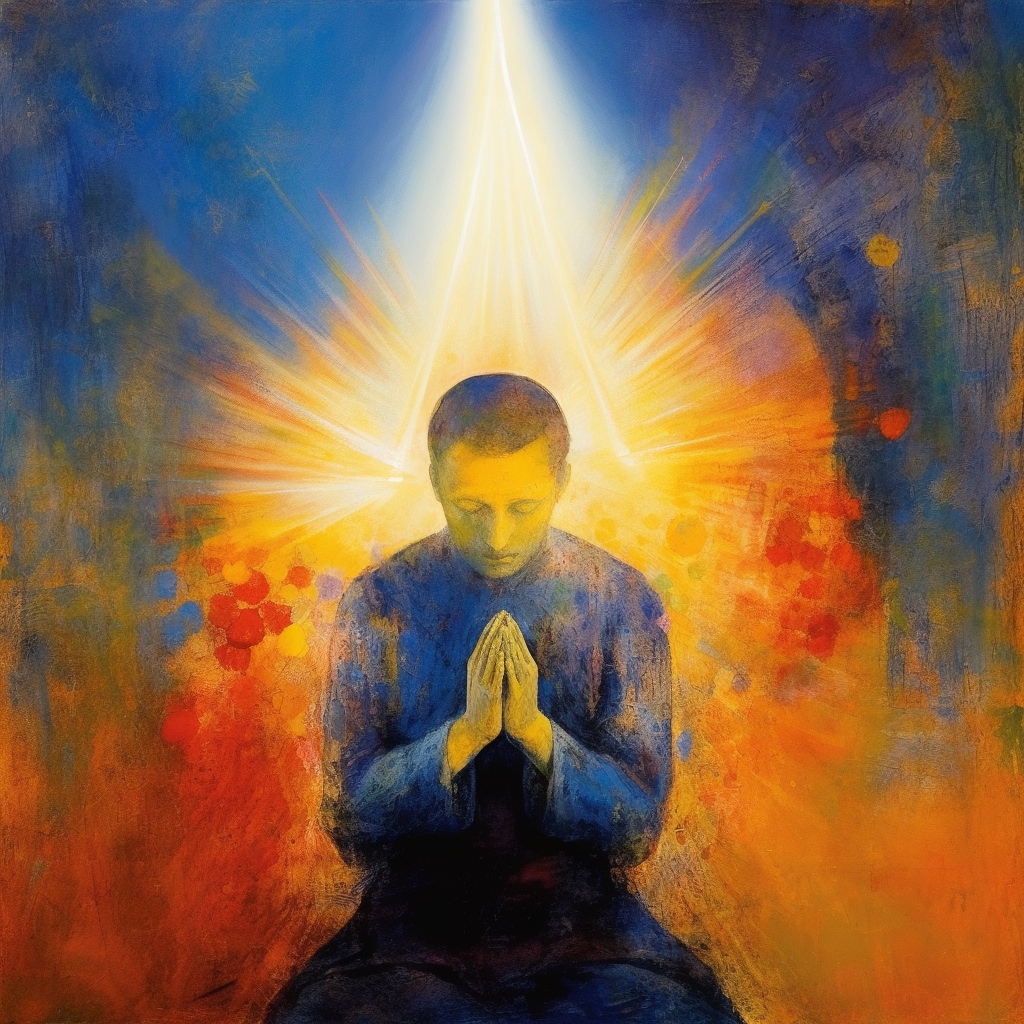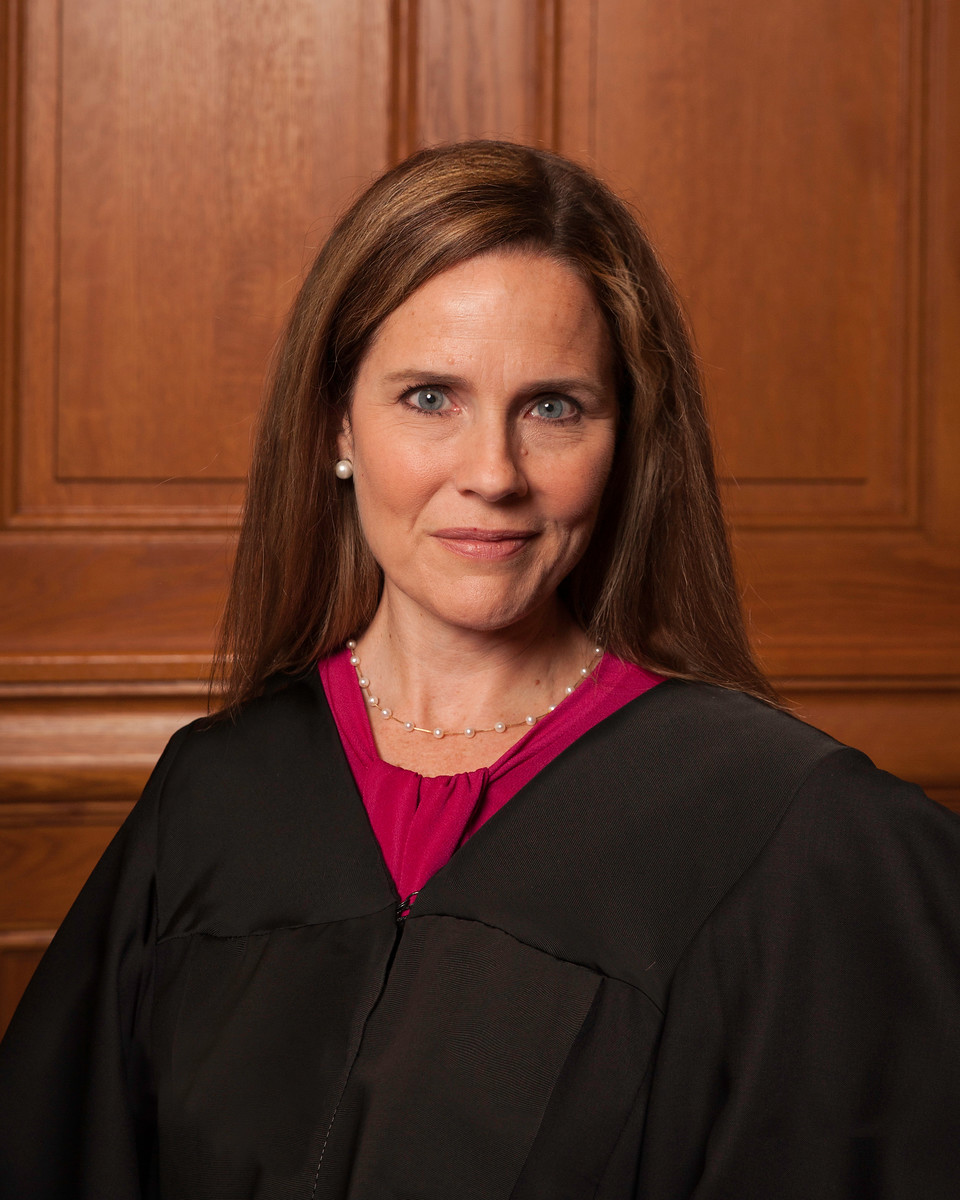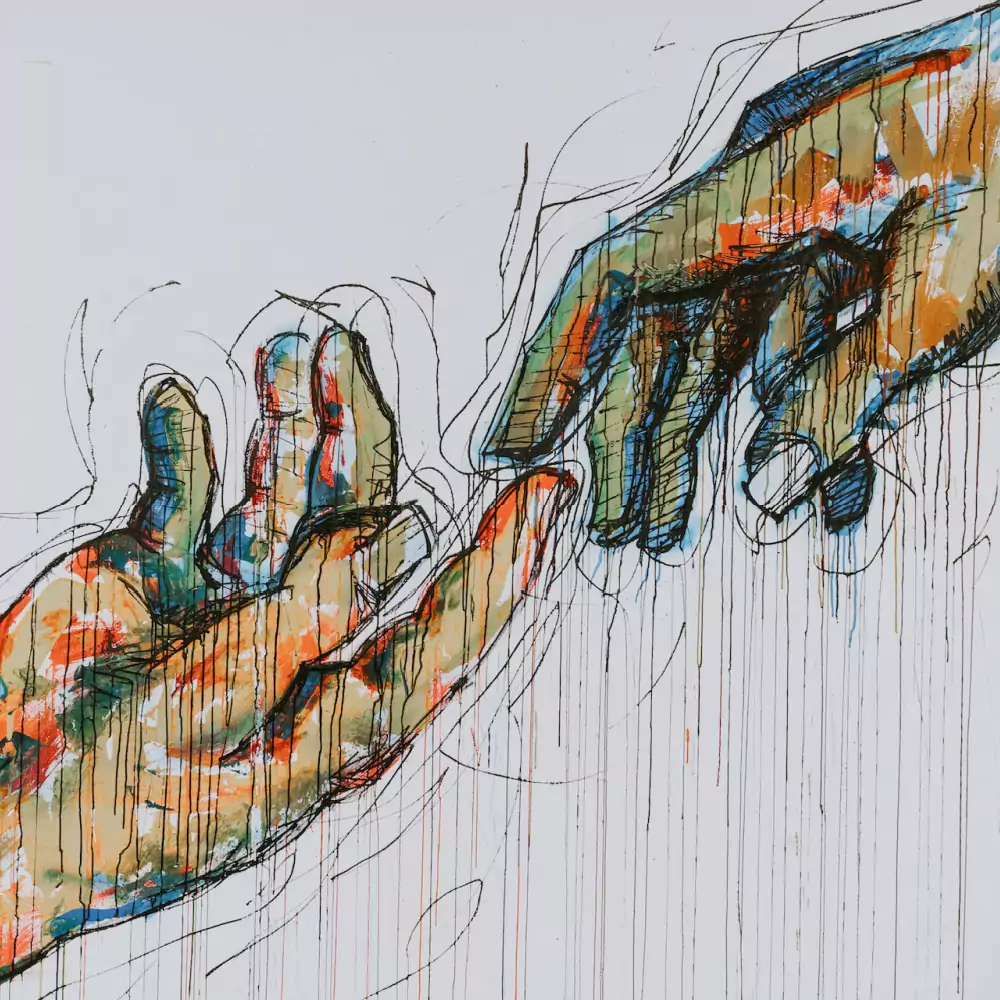G.K. Chesterton, a Roman Catholic thinker from the early 20th century, once wrote that “grown-up people are not strong enough to exult in monotony.” Children, Chesterton said, “have abounding vitality because they are in spirit fierce and free; therefore, they want things repeated and unchanged. They always say, ‘Do it again,’ and the grown-up person does it again until he is nearly dead.”
Chesterton thought that God was, in this way, much like a child.
“Perhaps God is strong enough to exult in monotony,” Chesterton wrote. “It is possible that God says every morning, ‘Do it again’ to the sun; and every evening, ‘Do it again’ to the moon. It may not be automatic necessity that makes all daisies alike; it may be that God makes every daisy separately but has never got tired of making them. It may be that He has the eternal appetite of infancy; for we have sinned and grown old, and our Father is younger than we.”
On a recent summer afternoon, I experienced the “do it again” nature of religion. In the baptistry of the Bountiful Utah Temple of The Church of Jesus Christ of Latter-day Saints, I watched teenagers be baptized for their deceased ancestors 72 times. I then baptized several young women (my 14-year-old daughter included) an additional 32 times. Then, when everyone was dry and back in dresses and suits, we did confirmations for each of the same 104 deceased people, one by one. Much of the religious life is repetition.
But I confess that when the baptism and confirmation prayers are repeated more than 100 times each in an hour, the beautiful threatens to become a blur. And when you are the one doing the work, it can feel more like robotic repetition than restored truth. One must remember that, in the words of a modern-day Apostle, “though joyful, temple work is work” (emphasis mine).
Indeed, much of the religious life is repetition, requiring mental, if not physical, sweat. In the Latter-day Saint tradition, many of us go to church every week and hear the same prayers said over Christ’s body and blood. We listen to similar sermons delivered semiannually at our global general conferences. We worship in temples regularly, where every word of the ceremonies is scripted with exactness.
How can we, to borrow Chesterton’s phrase, “exult in monotony” instead of being bogged down by boredom?
It helps to remember that every Latter-day Saint is in a relationship—a covenant relationship—with God. As such, I think of what my wife and I have done over the course of 17 years to build a strong and joyful marriage (another covenant relationship). Married life with three daughters can be tedious and exhausting. From the time we had them as babies and toddlers (changing their diapers, feeding them at all hours, putting them to bed) to their school-age and teenage years (dealing with sass and friend drama and homework), parenthood is wearisome. My wife and I make it work better by doing what scripture teaches—working as a team and bearing each other’s burdens.
But we do more than that to keep our relationship on solid ground. Consistent emotional and physical connection to each other is critical. On good days, we talk to each other about our lives, we hold hands and go for walks, we play New York Times word games, we watch funny shows, we go to bed together.
The repetition doesn’t bore me. No two experiences with my wife are the same. Of course, we have many moments of misunderstandings and handfuls of hard days. But overall, the work we put in has yielded a companionship that is, for me, the pinnacle of joy.
An enduring relationship with God is built in much the same way. Scripture even uses the marriage metaphor to help us understand this relationship.
Your Maker is your husband—
the Lord Almighty is his name …
The Lord will call you back
as if you were a wife deserted and distressed in spirit—
(Isaiah)
When Jesus comes again, Revelation tells us, it will be like a wedding—He the husband, His followers His wife.
That joyful moment will be a harvest made possible by a lifetime of love for God. Such love is developed only through a life of strived-for holiness by those who put God first and spend time with Him in prayer, study, and service. We are co-workers with Him. “For how knoweth a man the master whom he has not served, and who is a stranger unto him, and is far from the thoughts and intents of his heart?” asks one Book of Mormon king.
Remember that some—and maybe much—of the service we offer our Lord goes unrequited or unnoticed by others. (Not by God, of course. He is omniscient.) This, too, happens sometimes in marriage. But the life of Christ teaches us that we serve because it’s the right thing to do, not because reciprocity will always be in abundant reserve. Just think of the many millions the Son knew would reject or ignore His Atonement. He went ahead and did it anyway.
“Father, if you are willing,” Jesus said while atoning for your sins and mine, “take this cup from me; yet not my will, but yours be done.”
As I performed baptisms and confirmations for those who once lived on this earth, I did not feel, as I’ve heard others say, that any of those deceased ancestors were present with us in the room. I did not sense their approval or joy for what we were doing for them. I’m not sure I’ve ever felt this. Perhaps I lack a spiritual gift for that kind of thing. Our Father doesn’t tire of saving souls.
“You may think this order of things to be very particular,” Joseph Smith said as he described the details of baptisms for the dead, including the requirement for a recorder and witnesses. “But let me tell you that it is only to answer the will of God, by conforming to the ordinance and preparation that the Lord ordained and prepared before the foundation of the world, for the salvation of the dead who should die without a knowledge of the gospel.”
Joseph Smith called baptism for the dead (and the totality of the work done in temples for the dead) the “most glorious of all subjects belonging to the everlasting gospel” of Christ.
To paraphrase Chesterton from a Latter-day Saint perspective, we can envision a God who says, “Do it again” after each vicarious act of service done for the dead in a temple. Our Father doesn’t tire of saving souls. And neither should we.

















